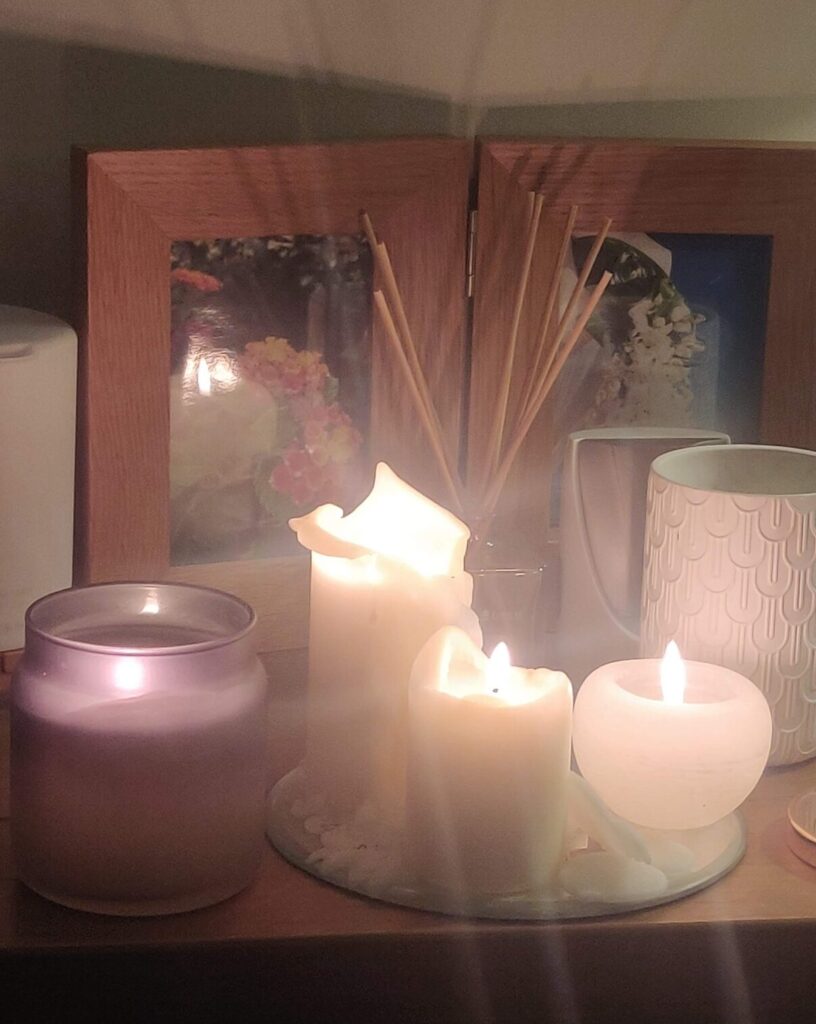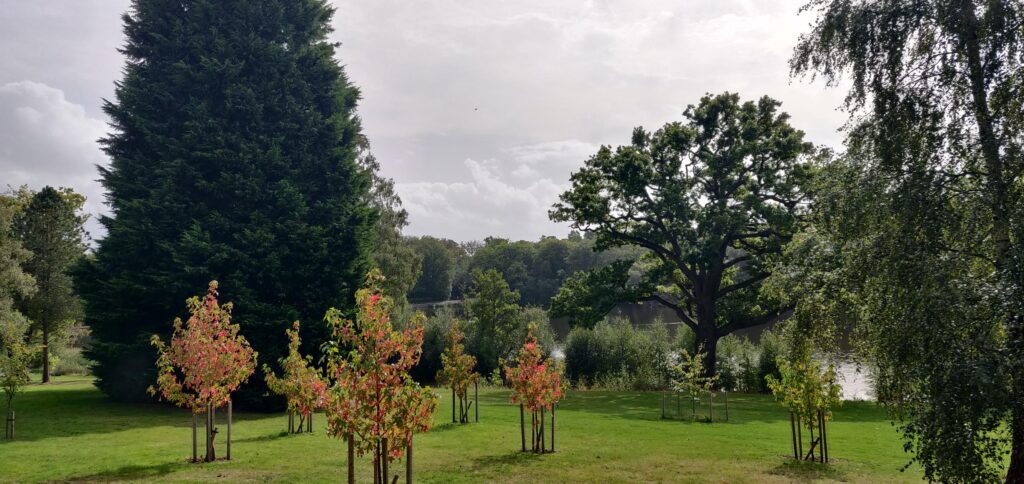Breathing is something most people take for granted. This is, unfortunately, not the case for me. I’ve had asthma from toddlerhood, suffered attacks and been hospitalised on several occasions. I’ve been in hospital for acute asthma as a child, in my twenties, and thirties.
My last attack and hospitalisation was in 2019, a result of my inhaler running out. To be honest, this was bad planning and neglectful on my part, as I should have got a repeat prescription in time considering I always carry an inhaler and use it frequently.
My asthma and breathing are especially bad when I’m struck down with a bad cold, flu, or chest infection. It is also brought on by triggers like hay fever, dust, and excessive cardio exercise.
Though I’ve always known the importance of suitable exercises to do for asthma, which I do, and the benefits of healthy breathing, I never learned to breathe properly. I practice yoga, pilates, and go on yoga fitness retreats, for core strength, posture, muscle aches and back pain (having suffered from sciatica).
But, never for breath work and meditation.

A Transformational Breathing technique
However, I did come across one particular breathing technique in 2011 that caught my attention and reframed my thinking about breath work. It made such an impression and imprint in my mind at the time that even now, the framed article and its content remain top-of-mind hanging up on a wall at home.
It was a feature in the Evening Standard about Transformational Breathing. It was such an inspirational and impactful read that I kept the motivational article, but – to be honest – continued living life, burning the candle at both ends, using my preventative and reliever inhalers.
Breathing my way to better health
It was only after my last attack and hospitalisation in 2019 that I revisited the article and gave it serious thought, owing to being pregnant while battling health conditions and juggling caregiving responsibilities. I had to get my health in check and take care of my high risk pregnancy, low PAPP-A, gestational diabetes, and chronic asthma. I was determined to improve my overall health and well-being.
According to the article, Transformational Breathing can effectively help asthmatics and change people’s lives. Alan Dolan, a Transformational Breathing facilitator, cited in the feature, explains:
“On average we use about 25 per cent of our respiratory system, sometimes even less. This fact is even more though-provoking if you consider that most of our energy comes from what we bring in through the breath and almost 70 per cent of detoxification occurs through our breath.”

The article also explains that most people are shallow breathers, which I resonate with. The stresses of everyday life, working and caring for loved ones, often stress me out and cause me great anxiety. I definitely know when panic is about to set in through my shallow breathing.
The effects of shallow breathing, apparently, are a build up of tension and anxiety, and not being able to think clearly or rationally, because we’re breathing mostly into the top half of our bodies.
Breathing deep to detoxify and relieve stress
Transformational Breathing focuses on breathing deeply into the abdomen, almost into the pelvis, so we use more than just 25 percent of our respiratory system and ignite more energy from what we bring in through our breath. Transformational Breathing is also about controlling our exhalation to maximise detoxification through our breath. Remember, 70 percent of detoxification occurs through our breath!
So, to perform Transformational Breathing, we’re advised to breathe deeply into the abdomen, almost into the pelvis, to a beat akin to the rhythm of Queen’s We Will Rock You – two powerful inhalations and one quick exhalation. The aim is to fill your belly with breath, extend your diaphragm, and – at the top of the inhalation – let the breath go instantly without forcing it out.
Since 2020, I’ve been practicing this – as often as possible – usually before bedtime, for about 10-15 minutes, and sometimes in the morning. The latter less so now that I have a toddler demanding my attention as soon as I’ve been woken up by him in the mornings, calling out loudly and repeatedly, “Mummy, mummy, it’s a good morning, get up..!’. At that moment, there is not even a second to catch my breath! Apart from when my husband takes care of our Son in the mornings. Only then might I sneak in some Transformational Breathing.
So, I tend to reserve the exercise for bedtime because there are no interruptions. Plus, together with my bedtime skincare routine using Caudalie’s Blemish Control Serum and Simple’s Protect ‘N’ Glow Gel, it acts wonderfully as a meditative precursor to a good night’s sleep!

Benefits of Transformational Breathing
Since practicing this, I feel fresh and brimming with energy. I can go for long, brisk walks (I’ve never been a runner unfortunately) with increased breathing capacity and stopped using my reliever inhaler during the day.
It’s quite a contrast to what life used to be, when I carried my reliever everywhere and used it frequently during the day as and when my breathing became laboured from physical exertion and exercise.
I’m now much more aware of my breathing. This awareness of my lungs and their sensitivity also makes me uneasy at the thought of living a fast-paced life, burning the candle at both ends, when I used to love it.
It also keeps me calm in stressful situations as I’m mindful of breathing deeper when I start feeling frustrated, stressed, or anxious about a situation or someone.
Breath work and Mindfulness
I have found Transformational Breathing to be intrinsically linked with Mindfulness and can’t speak highly enough about it. I would certainly recommend it. Especially to people like you and me looking to improve our overall health and well-being – holistically, from a physical, mental, and emotional point of view.
Through Transformational Breathing, it is possible to breathe well and breathe our way to wellness. The benefits are far reaching and go beyond just improving lung capacity in asthma sufferers!
To explore this more and talk about technique and benefits, I’d be delighted to hear from you.




